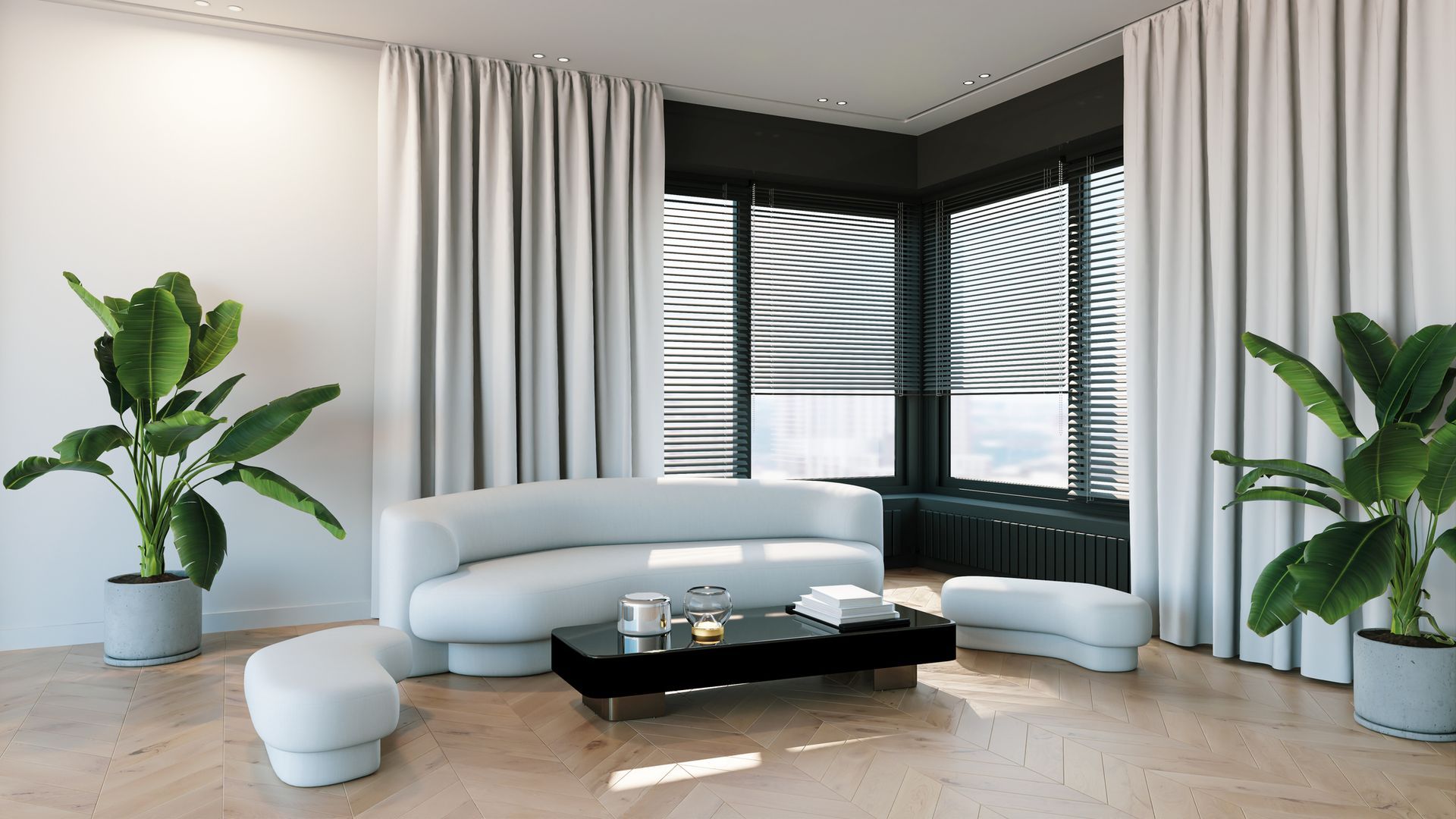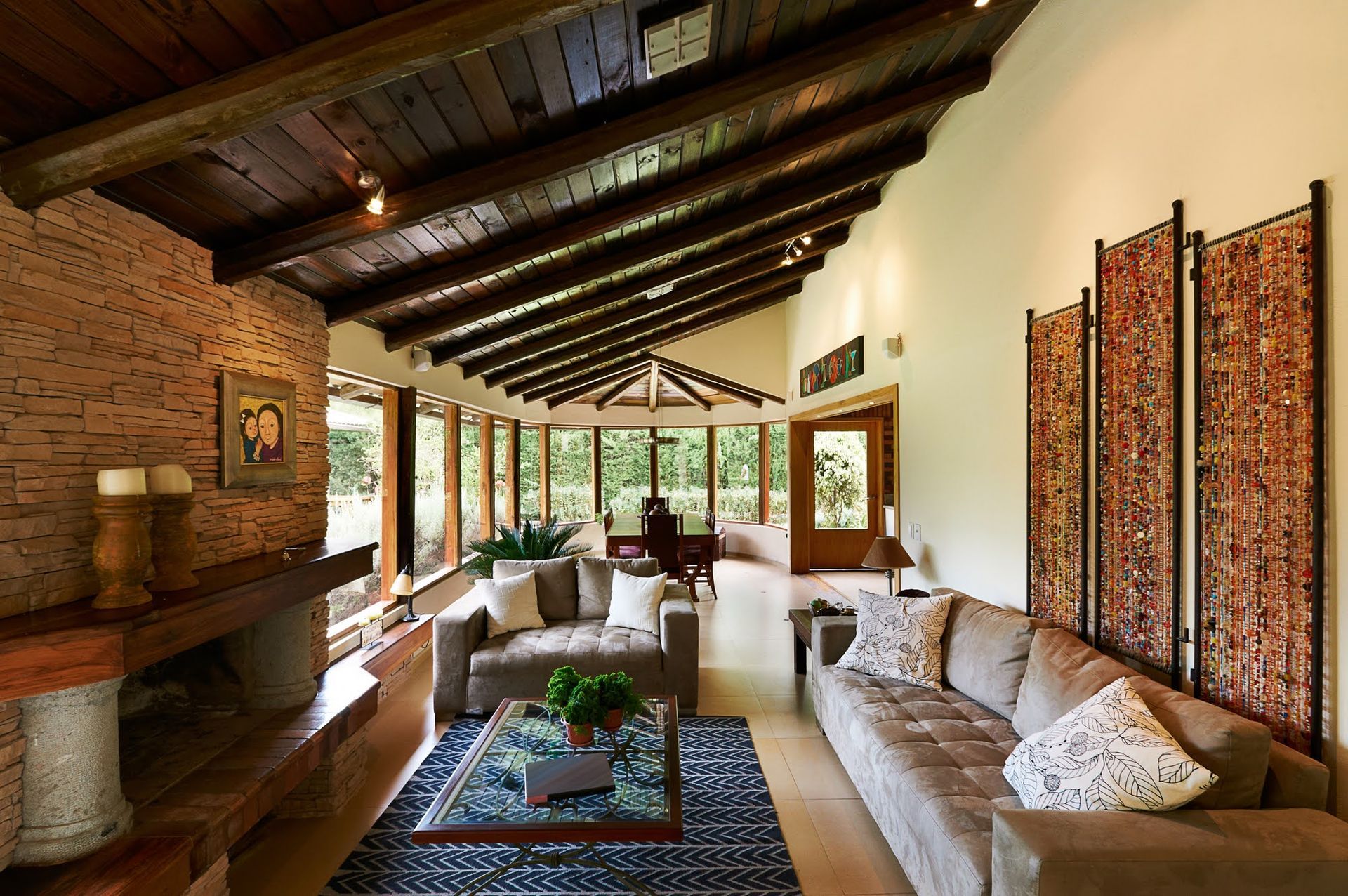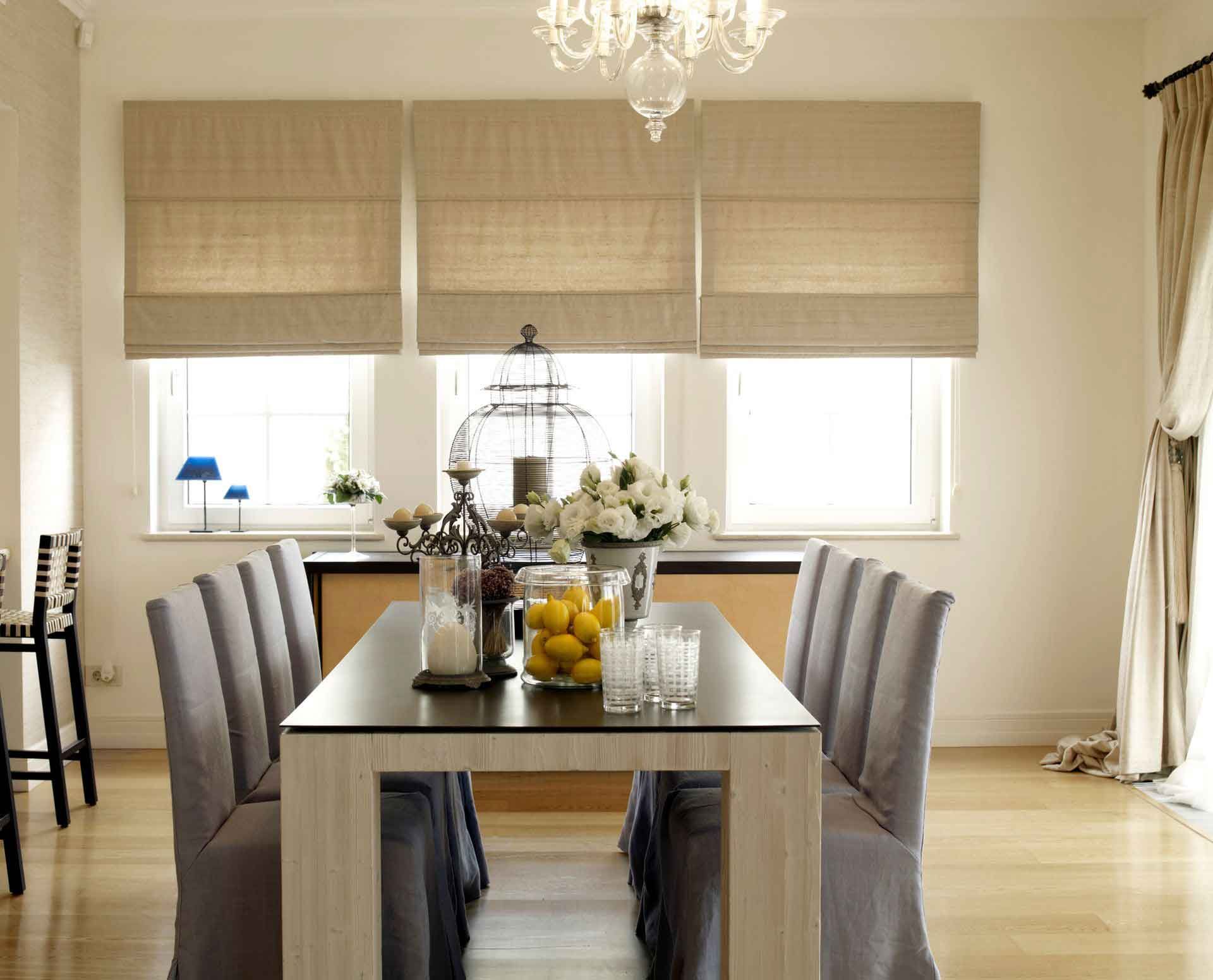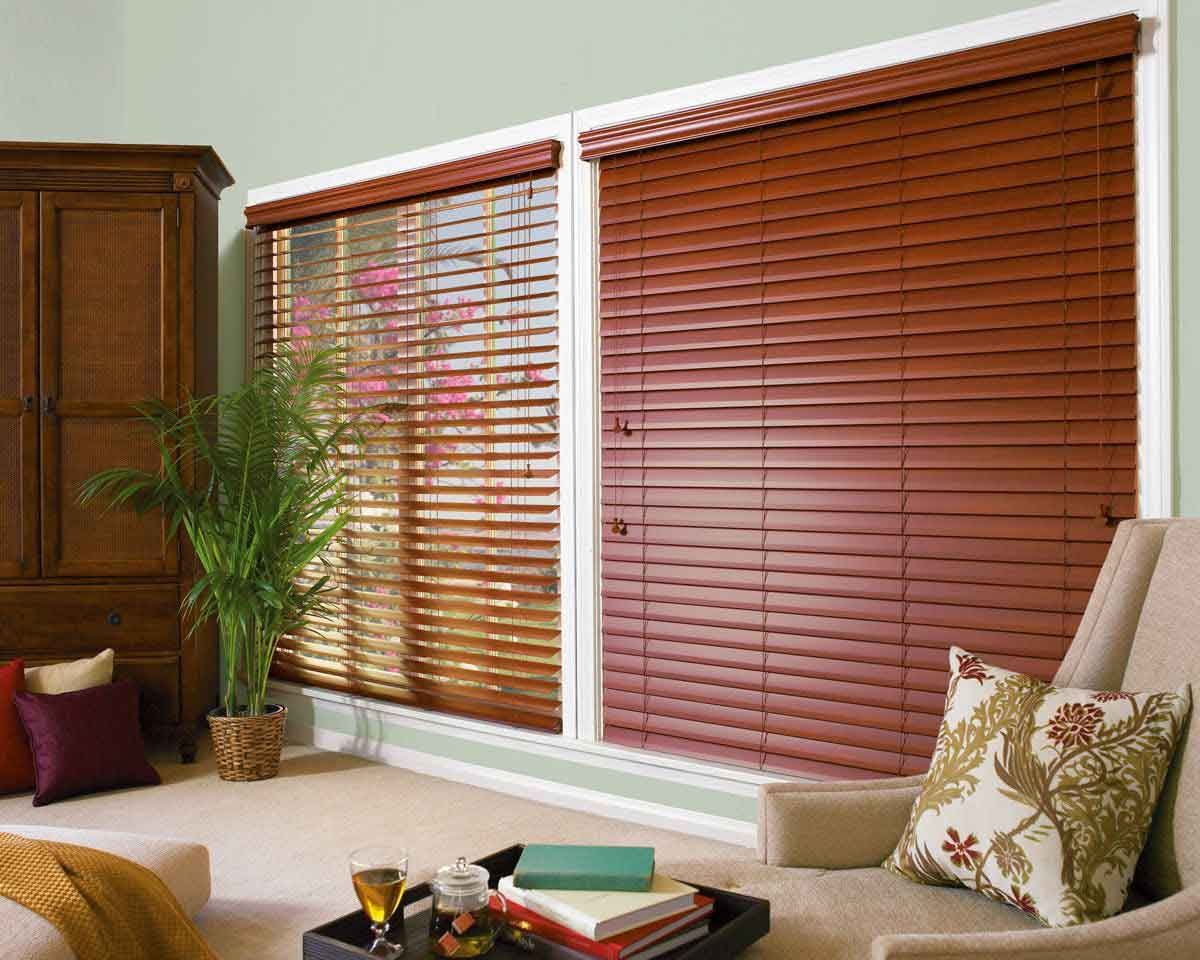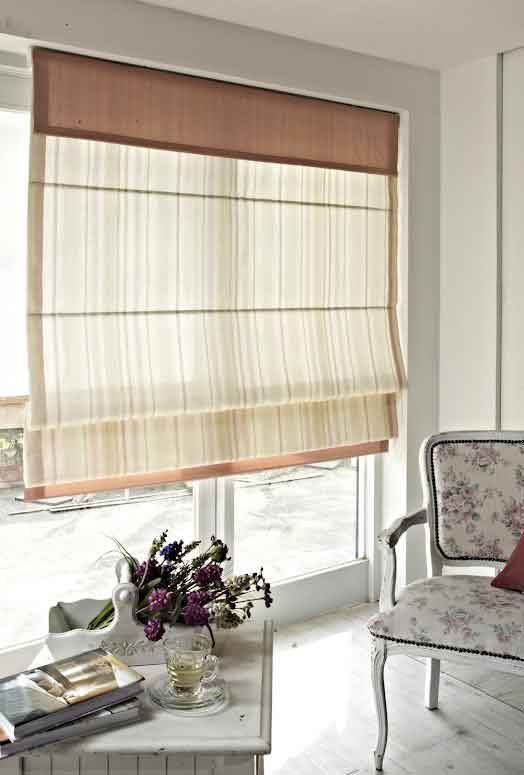New Home? What to Know About Window Treatments Before You Decorate

Did you recently buy a new home? If this is your first real estate purchase and you're not sure where to start the decorating process, take a look at what you need to know about home accents, window treatments, and your décor options.
Are Window Treatments Necessary for Every Room?
You can decorate a room without window treatments. Some spaces or décor styles (such as minimalism or contemporary industrial) don't necessarily require window coverings. But the rooms in your home may need curtains, blinds, motorized shades, or another similar option if:
- The room needs something to tie it together. You've painted, chosen a new floor covering, and added furniture. But the room still lacks something special to make it a cohesive space. From colorful curtains to a pretty pattern, window treatments can tie the space together.
- The space needs spice. Do the rooms in your new home need something special? If your interior looks bare, blah, or boring, window treatments can add a sense of style and visual interest.
- Your home needs added privacy. While you might not need the privacy window treatments offer in a dining room, it's likely you'll want something to prevent your neighbors from spying into your bedroom or bathroom.
After you decide which rooms need window treatments, it's time to take the next step and choose which styles, materials, and sizes are the best fit for the space.
What Type of Window Treatments Should You Choose?
You don't need to choose one type or style of window treatment for the whole house. Each room, space, or window can have a different design option. The most common window treatment options include:
- Drapes. These panels are typically made from heavier, lined fabric. Drapes come in a variety of colors, textures, styles, and patterns. The heavy, flowing style of this window treatment makes it ideal for bedrooms, dining rooms, and living rooms.
- Curtains. Curtains are also fabric panels. Unlike drapes, some curtain styles are lighter or even sheer. The lightness of a curtain may not give you the privacy needed in a bedroom.
- Blinds. Unlike drapes and curtains, this type of window treatment isn't a solid panel. Instead, blinds are slated and pull up and down. The ability to completely close a blind makes it a top privacy option.
- Shades. Shades also provide maximum privacy — in the pulled or rolled down position. You can choose fabric-covered shades in almost any color, texture, or pattern.
Along with these options, motorized blinds or shades are top choices that can make it easier to control your home's privacy and change a room's style. Like other blinds and shades, motorized window treatments can cover the entire window or let the maximum amount of light in.
How Can You Use Window Treatments to Complement Room Décor?
There are no limits to how you use window treatments as part of your home's overall décor plan. Whether you prefer a classic look or have a contemporary style, curtains, blinds, and other options can add to your new space's interior design.
As part of the décor, window treatments can help create:
- High drama. A heavy fabric, bold patterns, and dark or bright colors can add high drama to your home. If you want to create a standout look, talk to a design professional about how different fabrics and types of window treatments can help.
- A neutral look. Even though window treatments can add drama, they don't have to. Window treatments can also unify a neutral space and provide a barely-there backdrop.
- Elegance. Window treatments can also add a simple sense of elegance to your new home's space. Long, sweeping curtains or a subtle fabric-covered blind can make a statement in a classic, clean way.
Even though a treatment-less look can complement some contemporary designs, you can also add blinds or shades to a modern style. If you like a minimalist or industrial type of décor, consider a simple or plain blind or solid-colored shade.
Are you ready to decorate with window treatments? Contact Sylvan's & Philip's Drapes & Blinds for more information.
